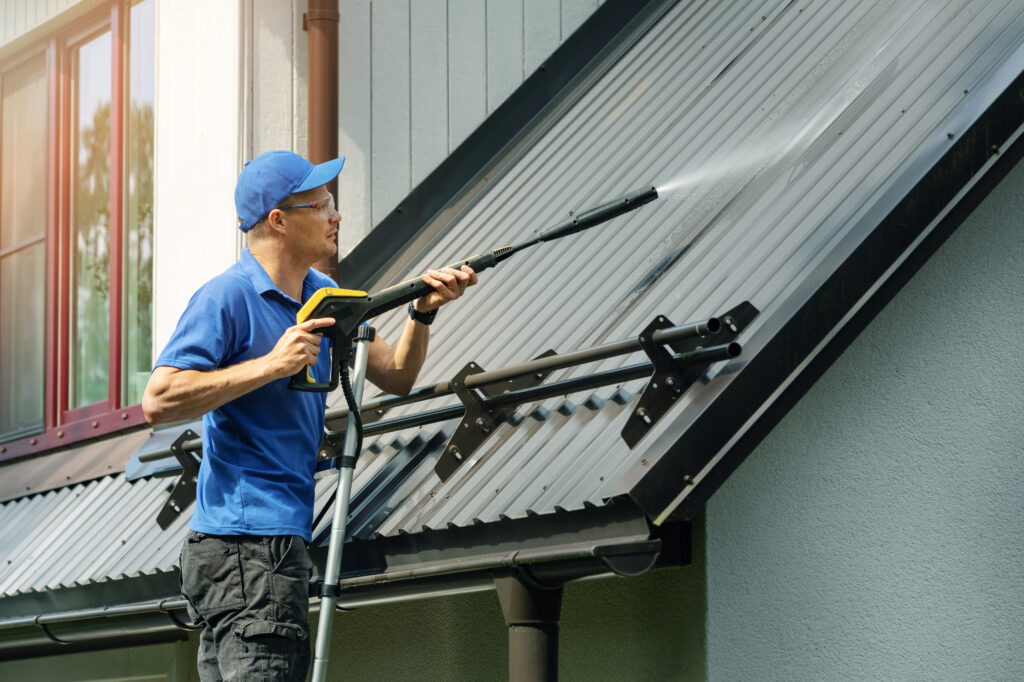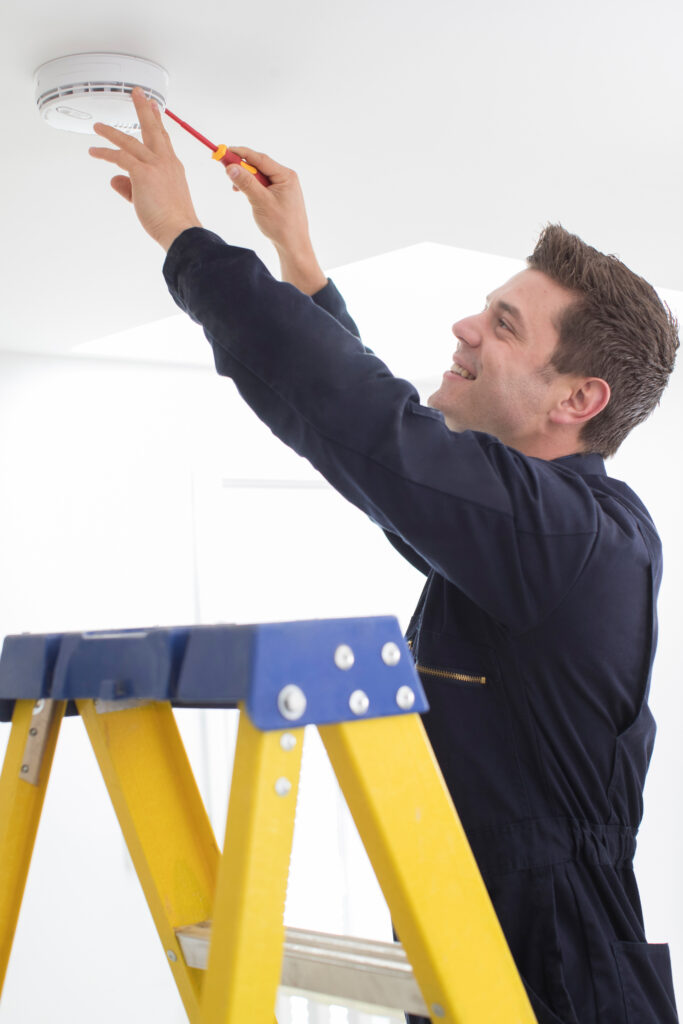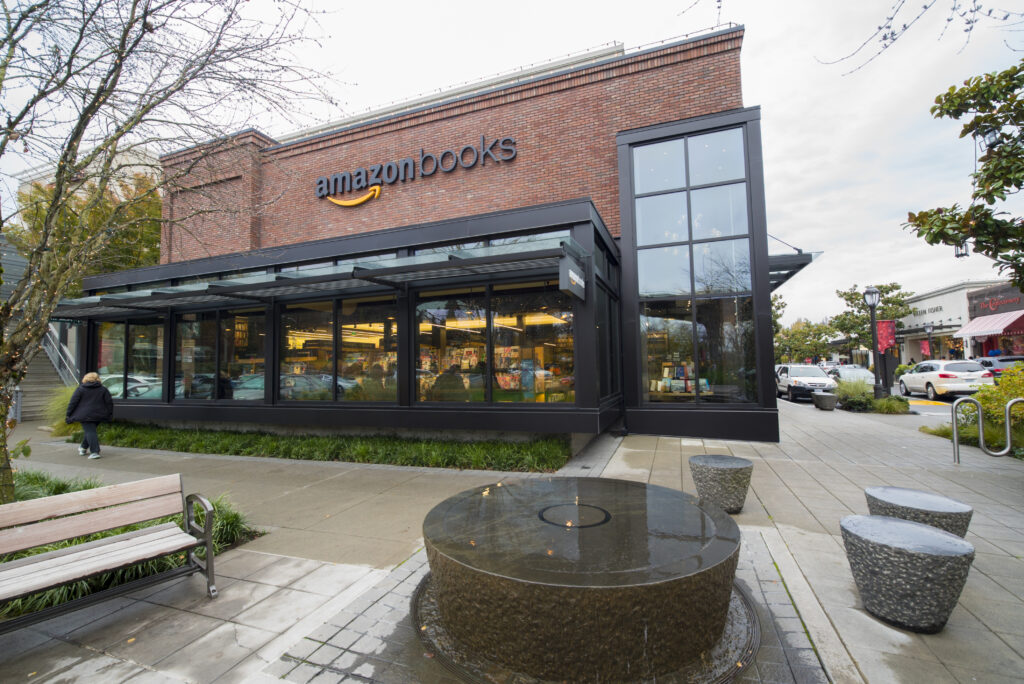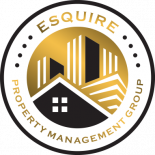Common Area Maintenance (CAM Expenses) – Operating Expenses
Common Area Maintenance (CAM) expenses refer to the costs associated with the operation, maintenance, and repair of shared or common areas within a commercial property that are typically utilized by a single or multiple tenants. These areas commonly include lobbies, hallways, elevators, parking lots, landscaping, and other common spaces that are essential for the access, functioning, and appeal of the property. CAM expenses typically encompass various ongoing costs that are essential for ensuring the proper upkeep and management of the shared areas. These expenses may include but are not limited to the following information included below.

Cleaning and Janitorial Services: Regular cleaning and servicing of common areas, including lobbies, hallways, and common restrooms, to maintain a clean and professional environment for tenants and visitors.
Security Services: Provision of security personnel, gates, exterior doors, surveillance systems, and other security measures to ensure the safety and protection of the property and its occupants.

Landscaping and Ground Maintenance: Maintenance of outdoor spaces, including lawns, gardens, and parking lots, to ensure a well-kept and aesthetically pleasing exterior environment.
Utilities: Costs associated with providing utilities to common areas, such as electricity, water, heating, and cooling, to ensure the proper functioning and comfort of shared spaces.
Repairs and Maintenance: Regular maintenance and repair of shared facilities, including elevators, HVAC systems, roofing, and other building infrastructure, to uphold the property’s structural integrity and functionality.

Property Management Fees: Compensation for property management services overseeing the administration, operation, and maintenance of the common areas, ensuring smooth and efficient property management for the benefit of all tenants.
CAM expenses are typically divided among tenants based on their prorated share of the total leasable space within the property usually by square footage. Landlords often include CAM expenses as part of the operating expenses that tenants are required to contribute to, either as an additional fee or as part of a triple net lease agreement. Clear and transparent communication regarding CAM expenses is crucial to maintaining a positive landlord-tenant relationship and ensuring fair and equitable distribution of costs among all tenants.
Calculating CAM Charges
Common Area Maintenance (CAM) charges in a commercial lease setting are typically calculated based on the tenant’s proportionate share of the total leasable space within the property well defined in the lease agreement. This calculation method ensures that each tenant contributes to the expenses associated with the maintenance and operation of the shared common areas in proportion to the amount of space they occupy in the building.

CAM expenses are delivered to tenants on a monthly, quarterly, semi-annual, or annual basis. Most upper-level commercial property managers have accounting software that accounts for and divides CAM charges to tenants on the monthly, quarterly, semi-annual, or annual statements. At the end of a calendar year, a reconciliation is performed based upon the actual CAM charges versus the billed or invoiced CAM charges – the tenant will either owe or be entitled to a reimbursement of overcharges based upon the reconciliation.
The process of determining and allocating CAM charges commonly involves several steps as described below.
Identifying CAM Expenses: The landlord compiles a comprehensive list of all the expenses associated with the maintenance, repair, and operation of the common areas, including costs for services such as cleaning, landscaping, security, utilities, and general property management. These expenses are described in the lease agreement or in an exhibit to the lease agreement.
Total CAM Expenses Calculation: The total CAM expenses for the property are determined by adding up all the individual expenses identified in the first step. These totals form the basis for calculating each tenant’s share of the overall CAM charges.

Prorating CAM Charges: Each tenant’s proportionate share of the CAM charges is calculated by dividing the tenant’s leasable area by the total leasable area of the property. This ratio is then multiplied by the total CAM expenses, resulting in the specific CAM charge for each tenant.
Lease Agreement Terms: The lease agreement outlines the specific terms and conditions related to CAM charges, including the frequency of CAM payments, any caps or limitations on the annual increase of CAM charges, and the types of expenses included or excluded from the CAM calculations.
Transparency and Communication: Landlords provide transparent and detailed CAM expense breakdowns to tenants, ensuring clear communication and understanding of the basis for the charges. Open communication regarding any changes or fluctuations in CAM expenses throughout the lease term helps maintain a positive landlord-tenant relationship.
Tenants’ Critical Questions and Research About CAM Expenses and Obligations
A tenant should learn all they can about CAM structures, and determine which structure works best for their business and operating expenses. Try discussing CAM with a real estate broker or real estate lawyer familiar with commercial property leases and ask them questions you have before you sign the lease. It is imperative that a tenant knows precisely what the CAM charges are, what the tenant is responsible for, before a lease is signed.

Negotiate
Many landlords are open to negotiation regarding CAM charges once they are disclosed and delivered to a potential tenant. Provide the landlord with CAM figures that you believe are appropriate for you to pay and ask them to meet you in the middle.
Verify Square Footage
Check the square footage in your space (and the overall project space) to verify that the number the landlord has provided you with is correct. The prorata CAM charge is developed according to the tenant’s square footage and inaccurate numbers can cause you to pay more money to the landlord than necessary.
Ensure the Calculations are Valid
Calculate the CAM charges yourself before you sign the lease and agree to the fees. If needed, send the charge amounts to your accountant or real estate agent for calculation. Ask for the most recent 2 years of CAM charges charged to the other tenants at the property.
Negotiate to Establish a Cap Amount
Some landlords may let you set your own cap amount. Discuss or negotiate a fair amount you are not willing to pay if the common area maintenance costs exceed that number.
By using a prorated share approach, landlords can distribute the costs associated with maintaining and operating common areas fairly among all tenants, ensuring that each tenant contributes in proportion to the space they occupy within the property. This method promotes transparency and equity in the allocation of CAM charges, fostering a harmonious leasing environment for all parties involved. Most higher-end commercial properties managed by commercial property managers are operated with CAM charges and expenses allocated to the tenants.
David currently is the broker/owner of several real estate related businesses which manage and maintain 300+ client properties on the San Francisco Peninsula.
Trust, transparency, and performance guarantees are the foundation of these businesses. David challenges anyone to find a PM professional that offers services similar - extensive education, customer service, and performance guarantees.
David also provides consulting for his clients on property development feasibility, construction, and complex real estate transactions.
David has authored a published law review article, three real estate books, and over 150+ real estate blog articles.
- “Wildfires, Insurance & Mortgages: Will Your Home Survive the Financial Aftermath?” - March 3, 2025
- What’s Driving California’s Commercial Real Estate Shakeup? - February 27, 2025
- Critical Issues in Triple Net Leases Investors Should Know - February 14, 2025

